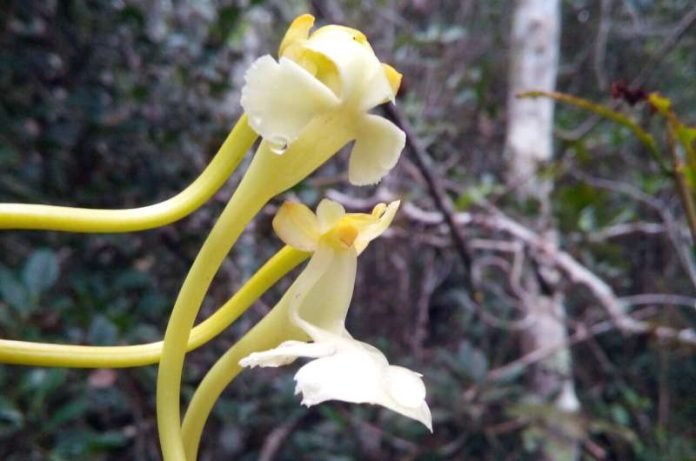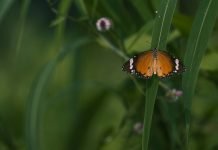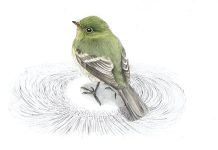
Scientists from the Missouri Botanical Garden and their collaborators have made an extraordinary discovery in Central Madagascar—a new orchid species with a record-setting nectar spur, drawing close parallels to the renowned “Darwin’s orchid.”
The discovery of this species, which showcases a remarkable example of parallel evolution, emphasizes the urgent need for conservation efforts to protect Madagascar’s rapidly diminishing biodiversity.
This newly identified orchid, named Solenangis impraedicta, stands out for its incredibly long nectar spur, measuring a stunning 33 cm in length, making it the third longest spur among flowering plants and the longest in relation to flower size known to date.
This adaptation is particularly significant as it contributes to our understanding of pollination mechanisms involving long-tongued hawkmoths, echoing Darwin’s theory of specialized pollination systems.
The species was initially discovered during an environmental impact study of a mining site in Central-Eastern Madagascar. It wasn’t until a decade later that a second population of this orchid was found, underscoring the species’ rarity and the critical need for its protection.
Given its spectacular nature, there are concerns about the potential threats from mining activities and illegal trade, prompting the researchers to take a precautionary approach in sharing detailed location information.
The discovery and subsequent study of Solenangis impraedicta, published in Current Biology, not only add a new member to the group of angraecoid orchids but also highlight the ongoing challenges of conservation.
Efforts to safeguard this species have already been initiated, including ex situ cultivation and seed banking, to ensure its survival amidst the threats it faces.
This significant find underscores the intricate beauty and complexity of Madagascar’s flora, reminding us of the delicate balance within ecosystems and the importance of preserving such unique species for future generations.
The dedication of the researchers to both the scientific study and conservation of Solenangis impraedicta serves as a model for how discoveries of this nature should be approached, balancing the excitement of new knowledge with the responsibility of stewardship.
The research findings can be found in Current Biology.
Copyright © 2024 Knowridge Science Report. All rights reserved.




